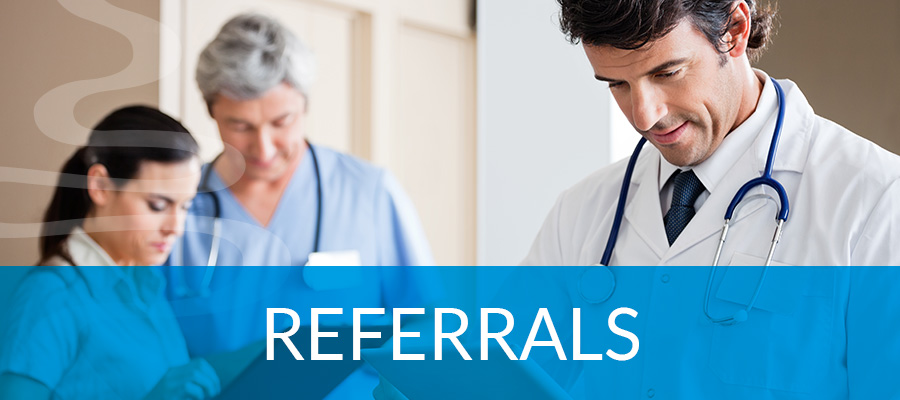We aim to offer a comprehensive service including consultive and procedural gastroenterology.


Our doctors perform hundreds of diagnostic and interventional colonoscopies every year.
Colonoscopy is a procedure used to view the large intestine (colon and rectum) using an instrument called colonoscope (a flexible tube with a small camera and lens attached). The procedure can detect inflamed tissue, ulcers, and abnormal growths. It is used to diagnose early signs of colorectal cancer, bowel disorders, abdominal pain, muscle spasms, inflamed tissue, ulcers, anal bleeding, and non-dietary weight loss.
The procedure is done under sedation. The colonoscope is inserted into the rectum which gently moves up through the colon until it reaches the cecum (junction of small and large intestine). Colonoscopy provides an instant diagnosis of many conditions of the colon and is more sensitive than X-ray.
The colonoscope is then withdrawn very slowly as the camera shows pictures of the colon and rectum onto a large screen. Polyps or growths can also be removed by colonoscopy which can be sent later for detection of cancer.
An endoscope is a long, thin, flexible tube with a tiny video camera and light attached on its end. Endoscopy is a procedure used to diagnose and treat problems of the digestive system. It is usually indicated for patients experiencing difficulty with swallowing, having persistent isolated nausea or vomiting, chronic anaemia and/or iron deficiency anaemia, acute gastrointestinal bleeding and gastrooesophageal reflux.
Capsule Endoscopy is a diagnostic tool helpful in taking pictures of the digestive tract including oesophagus, stomach and especially small intestine. The small intestine is difficult to reach through conventional endoscopy and other imaging tests as it lies between the stomach and large intestine. In capsule endoscopy the patient swallows a capsule the size of a large vitamin pill. The capsule has a slippery coating making it easier to swallow. This capsule contains a camera, a bulb, battery and a transmitter. The camera takes thousands of pictures during its passage through the digestive tract and transmits it to a recorder. The recorder is worn as a belt on the waist for about 10 hours to store the images. These images are then transferred to a computer which converts them into a video. The capsule is passed out of the body with stool and can be flushed away.
The common diseases of small intestine that are diagnosed through capsule endoscopy are:
- Gastrointestinal bleeding
- Tumours in the small intestine
- Crohn’s disease
It may also be used for celiac disease and polyps of the small intestine.
Before the capsule endoscopy you are required to:
- Fast for 12 hours
- Delay or not to take any medicines
- It is very important to follow your doctor’s instructions before and after the procedure otherwise the test may need to be repeated in case the images are not clear.
After swallowing the capsule:
- You are allowed to go home or for work but any strenuous activity should be avoided that day as it may hinder proper recording by the recorder.
- Can drink clear fluids after 2 hours.
- Can have light lunch after 4 hours.
The recorder can be removed and packed if the capsule comes out in the stool or 8 hours after swallowing the capsule whichever is earlier. If you do not see the capsule in the stool please contact your doctor.
Percutaneous endoscopic gastrostomy (PEG) is a surgical method of placing a tube into the stomach without having to perform an open operation on the abdomen (open laparotomy).
It is indicated in patients who have difficulty in swallowing or unable to take in food by mouth. It is the most common endoscopic procedure, and is safe and effective way to provide food liquids and medications directly into the stomach. The purpose of PEG is to maintain adequate nutrition and to feed those patients who cannot swallow food.
The procedure is usually performed under sedation. You will not feel or remember much about the procedure. An endoscope, a thin flexible tube with tiny light and camera on the end, is placed into the mouth. It is then advanced through oesophagus, a tube leading from mouth to stomach, and then into the stomach. A small incision is made in the skin of the abdomen over the stomach. And then a tube (known as PEG tube or feeding tube) for feeding is pushed through the skin into the stomach. The endoscope is used to ensure the correct positioning of the tube into the stomach. The tube is sutured or tied in place to the skin.
Patients can go home the day of the procedure or the next day. The procedure takes less time, carries lesser risk and is preferable to a surgical gastrostomy. Gastrostomy is a surgical opening through the abdominal wall into the stomach, for placement of feeding tube.
The tubes can last for months or years, and if broken down or become clogged over a long period of time, they might need to be replaced.
Possible complications can occur with PEG tube placement and may include pain at the PEG site, leakage of the nutritional liquids around the tube site that are infused and dislodgement or malfunction of the tube. Other complications include infection, aspiration (inhalation of gastric contents into the lungs), bleeding and perforation (a hole that develops in the bowel wall).




